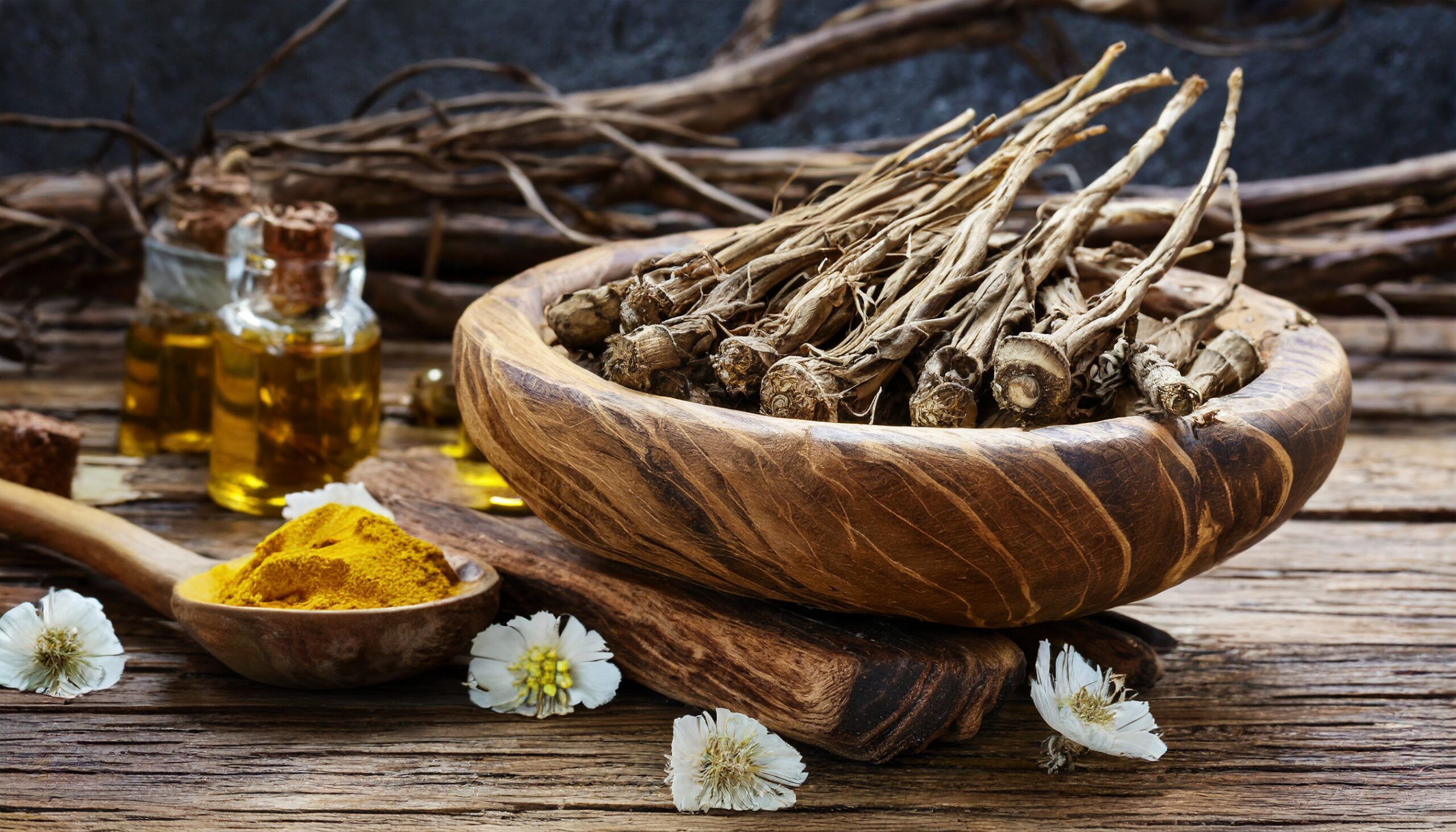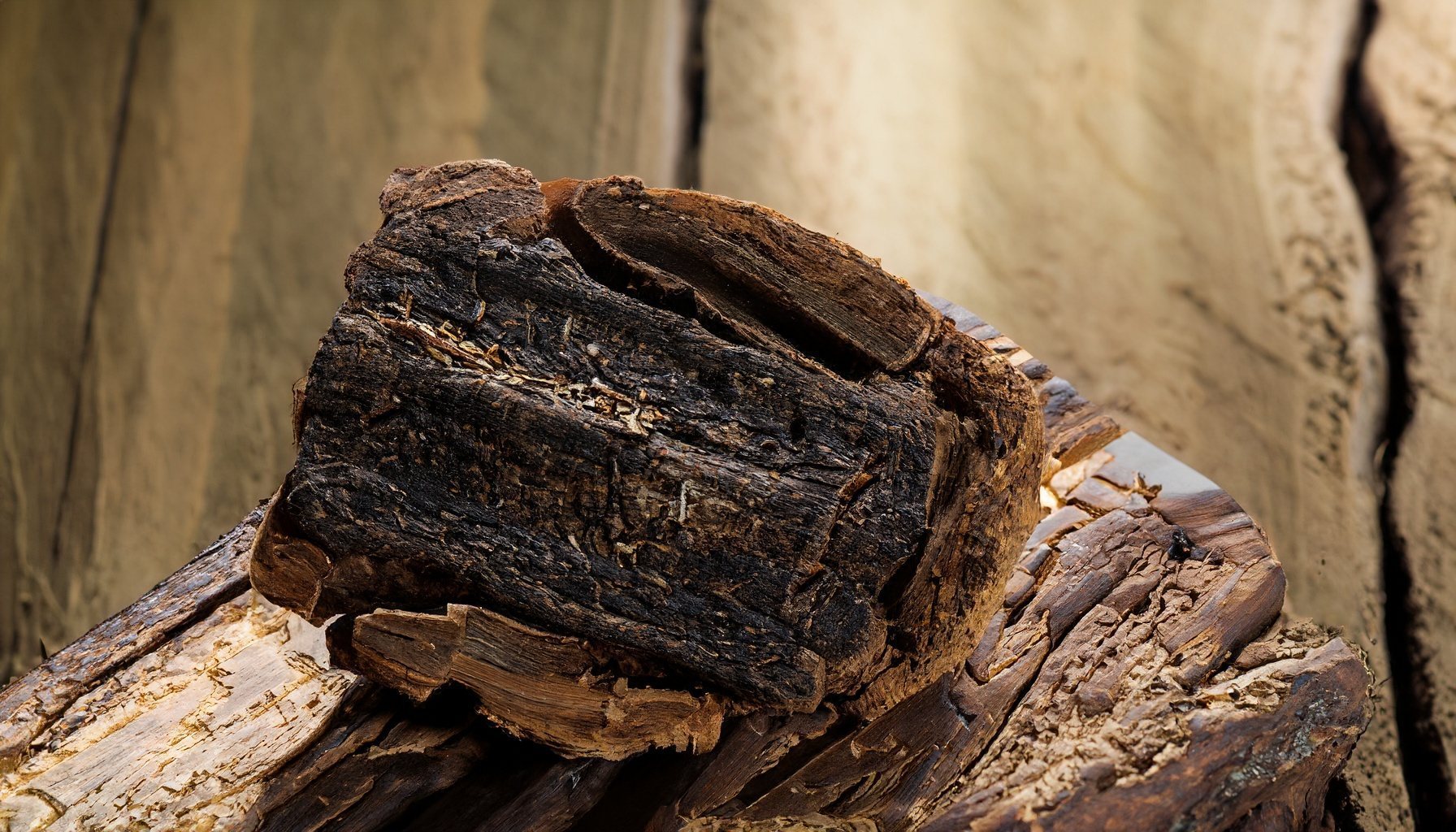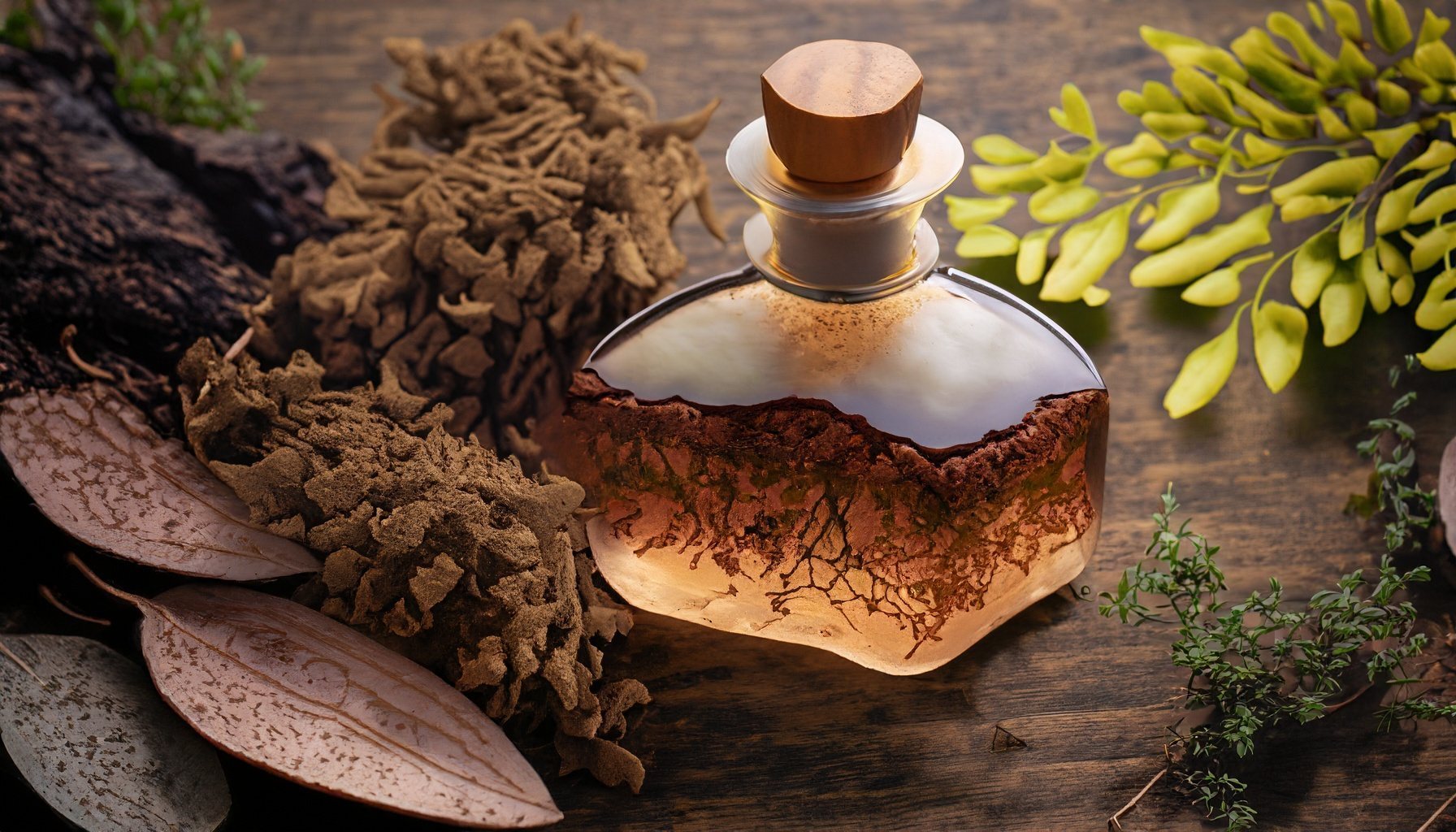
Spikenard is a treasured plant with a rich history. Learn about its medicinal and therapeutic uses, cultural significance, and the modern conservation efforts to protect this aromatic gem.
Spikenard, scientifically known as Nardostachys jatamansi, is a flowering plant of the Valerian family. It is native to the mountainous regions of China, the Himalayas, and Northern India. Spikenard is well-known for its aromatic rhizomes, which have been valued for centuries for their medicinal, therapeutic, and cosmetic properties. Here are some key aspects of spikenard:
Historical and Cultural Significance:
- Biblical References: Spikenard is mentioned in the Bible as an expensive and precious fragrance. It was used by Mary of Bethany to anoint Jesus’ feet.
- Ancient Usage: In ancient times, spikenard was valued as a luxury item and was often associated with the upper classes of society.
Botanical Characteristics:
- Appearance: The plant has pink, bell-shaped flowers and hairy stems. It can grow up to 3 feet tall.
- Rhizomes: The rhizomes of the spikenard plant are used to produce an essential oil that is thick, amber-colored, and has an earthy and woody aroma.
Medicinal and Therapeutic Uses:
- Aromatherapy: Spikenard essential oil is often used in aromatherapy for its calming and relaxing effects. It is believed to help relieve stress, anxiety, and insomnia.
- Skin Care: The oil is also used in skincare products for its moisturizing and rejuvenating properties. It is believed to promote skin health and vitality.
Traditional Medicine:
- Ayurveda: In Ayurvedic medicine, spikenard is used for its supposed healing properties, including its ability to balance the mind and body, improve mental clarity, and promote emotional well-being.
- Chinese Medicine: It also finds its place in traditional Chinese medicine, where it is used to treat a variety of ailments.
Modern Research:
- While there is some scientific research on spikenard, more extensive studies are needed to confirm its medicinal and therapeutic properties.
- The plant compounds are being studied for their potential anti-inflammatory, antioxidant, and antibacterial properties.
Conservation Concerns:
- Overharvesting and habitat destruction have led to a decline in spikenard populations in some areas. Efforts are being made to cultivate the plant sustainably and protect its natural habitats.
If you are considering using spikenard for its therapeutic or medicinal properties, it is always advisable to consult with a professional herbalist or healthcare provider to ensure it is appropriate for your specific needs and conditions.


